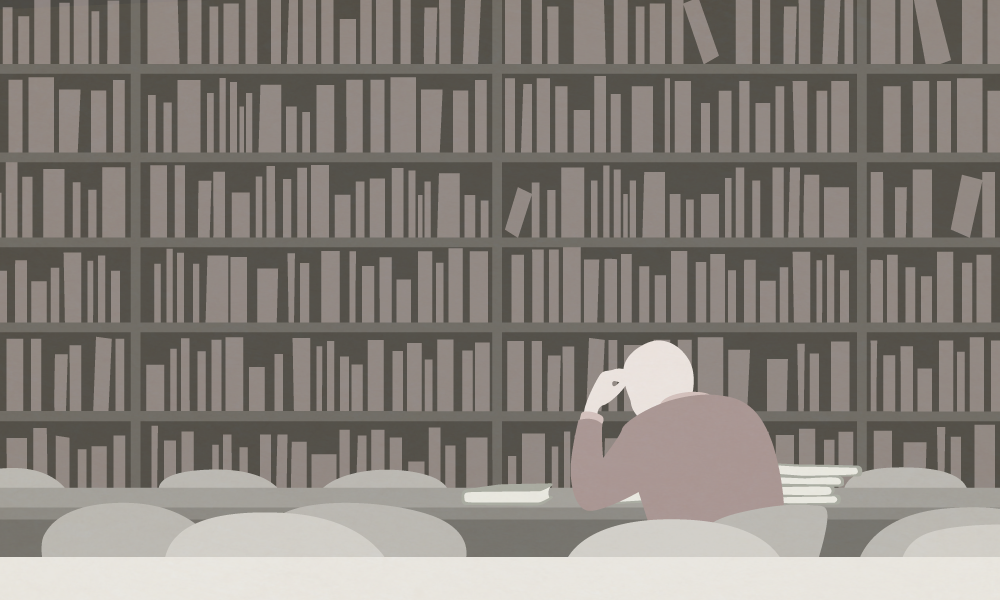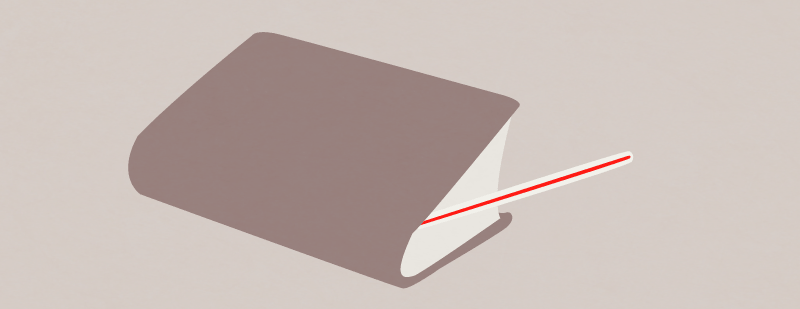Towards the end of Gabriel García Márquez’s Chronicle of a Death Foretold, a newly graduated magistrate is sent to a small Colombian town to investigate the circumstances surrounding the murder of the novel’s ill-fated protagonist, Santiago Nasar. 25 years after the murder, the narrator, conducting his own investigation, travels to the Palace of Justice in Riohacha to examine the magistrate’s report. Although the narrator can’t find the magistrate’s name on any of the surviving papers, “it was obvious that he was a man burning with the fever of literature. He had doubtless read the Spanish classics and a few Latin ones, and he was quite familiar with Nietzsche, who was the fashionable author among magistrates of his time . . . He was so perplexed by the enigma that fate had touched him with, that he kept falling into lyrical distractions that ran contrary to the rigor of his profession.”
In the decades since I first read Chronicle of a Death Foretold, I’ve often thought back to that unnamed magistrate, for one simple and terrible reason: He reminds me of me. Not that I’ve ever been tasked with anything so consequential as a murder investigation. My professional responsibilities as a lifelong librarian have tended to such things as answering reference questions and pointing patrons the way to the bathroom. What I share with the magistrate is the “fever of literature,” together with a choice of métier at variance with any literary dreams we might have had. Spiking our official reports about murder (in his case) and circulation statistics (in mine) with allusions to Nietzsche afforded some temporary relief of the fever but “ran contrary to the rigor” of our professions. Lamentably, no supervisor ever congratulated me on the lapidary elegance of my inter-office memos. I was lucky I didn’t get fired.
If as a young person you discover that you’re blessed or cursed with the fever of literature, you can decide to become a great writer and write great books, like Gabriel García Márquez, or, more realistically, you can become a librarian, like me. I would very much have preferred the first alternative, but lacking the talent to become North America’s answer to the Colombian Nobel Prize winner or even a very mediocre poet (I tried), I chose to be a librarian by default. No doubt other choices presented themselves, university teaching foremost among them, but I dropped out of graduate school for reasons partly financial, partly personal. Although I sometimes wonder if I made the right decision, I’m quite sure I would be miserable in almost any present-day English department, where my “privileging” of aesthetic achievement over corrective ideologies would likely be seen as unacceptably retrograde, if not career-ending. Still, my relative independence has certain advantages. Although I do, alas, have to work for a living, I can choose to read and reread my favorite authors without worrying overmuch that many or most of them are undeniably what contemporary academics, and even I, would like them not to be: white, male, heterosexual, and dead. I couldn’t agree more: the canon must be opened. Nor can I deny the truth of my experience: I’ve never read a better novel in English than Tom Jones.
So what do you do when you have the fever and work in a field more or less unrelated to your love for Friedrich Nietzsche and Emily Dickinson? Naturally, you spend your off hours reading books and talking about them with others who share the fever. There are legions of us, and in truth I’m one of the more dilettantish members of the tribe. In college I had envisioned my future as one given over to books and, as I then grandiloquently imagined it, “the life of the mind.” But I got sidetracked. On the way to the illustrious career in academic librarianship that never happened, I had to stop off in New York City for a year to acquire my MLS degree from Columbia University. Within a month I realized I could never leave. The movies, the plays, the museums, the galleries, the concert halls, the rock clubs, the street life, the people who were a lot more interesting than I was — all of this, to my amazement, felt like the home I didn’t realize I had been missing. The problem was that in falling for New York’s endless cultural possibilities, I had — and still have — much less time for reading than I assumed would be my lot. In exchange for depth I got breadth. I relish, even when only half understanding, the paintings of Artemisia Gentileschi, the photography of Diane Arbus, the architecture of Henry Hobson Richardson, the operas of Giuseppe Verdi, the films of Kenji Mizoguchi, the theater of Peter Brook. On the other hand, I haven’t come close to reading the major works of William James or Toni Morrison or hundreds of other major writers whose oeuvres I once fondly imagined would be at my fingertips. I’m reminded of a story about the librarian/fabulist Jorge Luis Borges, who was once asked in an interview to venture an opinion about Gustav Mahler. As ever, the most stupendously erudite man of his time was ready with a trenchant reply: “Who’s Mahler?” How inspiring! Borges’s province was the written word, and his blithe indifference to the other arts sanctioned my literary monomania. However, I read that interview with Borges when I was a student at the University of Connecticut. There wasn’t much to do up there in northern Connecticut except read — other than rambling periodically through the woods, and even that was better in New York. (Not the least of the cultural blessings New York bestowed on me was the splendor of the twice-annual bird migrations through the city parks, of which I soon became an indefatigable observer.)
I’ve been speaking of a passion for literature versus a passion for the arts as if they were mutually exclusive, which they clearly are not. You can plunge into an intense involvement in all the arts while reading deeply and searchingly in the literatures of disparate cultures and times — if you’re Gary Wills or otherwise endowed with preternatural energy, intelligence, and powers of retention. In other words: not me. I’m just an ordinary guy with too many enthusiasms — not excluding the National Basketball Association and action movies with jaded British supervillains — to do any of them justice. So I’ve had to make some choices. Literature will always be my deepest love, not only because it got to me first but because its medium — language — is the only one among all the arts I’ve ever had any facility in. Also because the mere act of speaking is itself a literary act. You might think, then, that my knowledge of literature would equal my passion for it. Not even close — because if I had committed myself to a comprehensive understanding of multiple literary traditions, I would have had to sacrifice my devotion to other arts that are no less primal and no less expressive of all human thought and experience. Which is to say, I might never have fallen in love with Anna Karina in all those Jean-Luc Godard films. Unthinkable.
So: I no longer read five hours a day. I’ve abandoned the effort to appreciate avant-garde jazz. I avoid the more cutting-edge Chelsea galleries, where the conceptual/political art on display repels any engagement that I can muster. That still leaves whole worlds of art, music, theater, opera, dance, film, architecture, and literature to move me, delight me, disturb me, turn me inside out. “O for a life of sensation rather than of thoughts!” John Keats exclaimed in a letter to Benjamin Bailey. Exactly: I’m not in it for exhaustive analysis or hair-splitting scrutiny. I go to the arts for the feeling, the sense that life is happening there or at least being refracted in a way that enlarges my perceptions, concentrates my awareness, connects me with others who have been similarly affected. Of course, if you have thoughts in the first place or are in possession of “a complex Mind” (as Keats called it), your sensations are going to be that much richer, and a certain amount of analysis and scrutiny intensifies any cultural experience worth having.
In another García Márquez work, Love in the Time of Cholera, the narrator comments on the “pathos-laden realism” of a portrait of the novel’s protagonist, the eminent physician Dr. Juvenal Urbino. The entire city filed by to see the portrait’s unveiling, but “it was pulled down many years later by art students who burned it in the Plaza of the University as a symbol of an aesthetic and a time they despised.” If you live long enough, you might find that the aesthetic in which you came of age has come to be despised as well. My ideas about art and social responsibility are almost comically out of fashion. Maybe they’ll come back, maybe they won’t. Fashions come and go. What remains is the primary experience of culture — its beauty, its reach, its strangeness, its ability to transform an ordinary life like mine. •
Images created by Shannon Sands.






